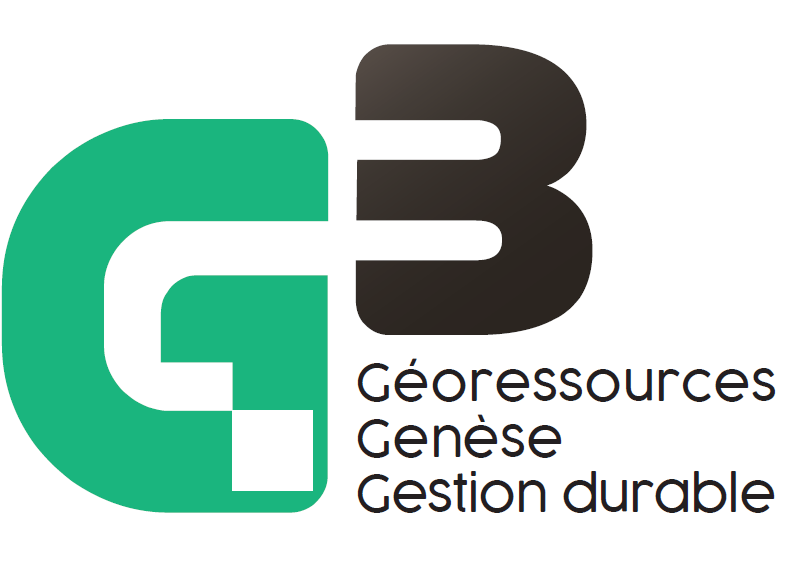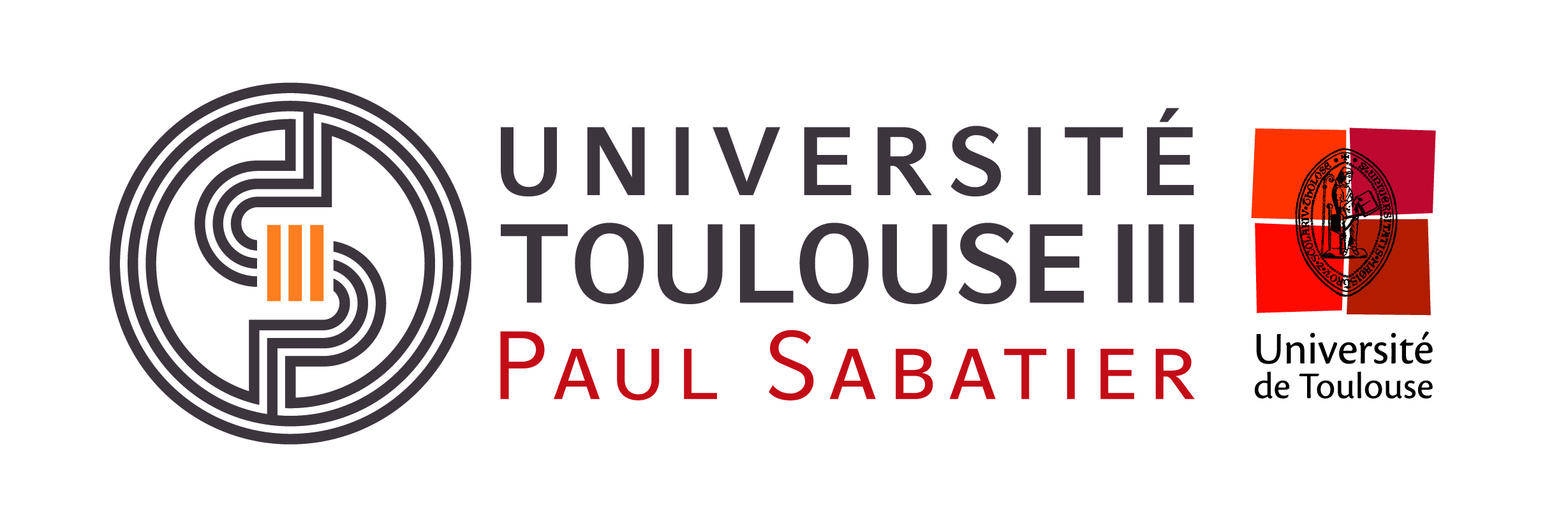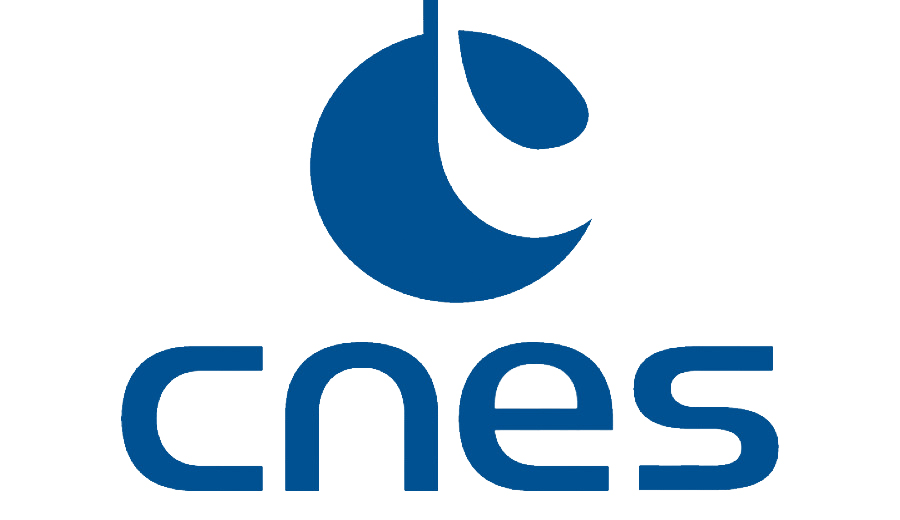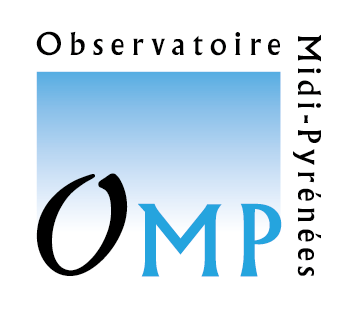Our friend and former visiting professor Lucrecia Lopez Steinmetz just published a review on Lithium salars in the Andes.
Brine grades in Andean salars: When basin size matters A review of the Lithium Triangle
The Lithium Triangle, a zone of the Central Andes characterized by the presence of lithium (Li)-rich salt pans within endorheic basins, has gained a worldwide reputation chiefly due to its exceptional Li brine-type deposits. We summarize scientific hydrochemical reports, totalizing a data set composed of 477 brine samples across the Lithium Triangle. Brine compositions are predominantly of the Cl− – SO42− / Na+ – Mg2+ type, however, major brine chemistry and Li+ grades vary across the Andean plateau. Brine compositions show some degree of geographic organization but no clear pattern was observed in the Li+ distribution across the plateau. We highlight an interdependency between the areal surfaces of salt pans and endorheic basins, which, related to Li concentrations, show the following linear proportions: 1) a 1:5 to 1:10 proportionality between the surfaces of basin catchments and those of salt pans; 2) a 2:1 proportionality between maximum and mean Li values; the latter implies that the equation mean Li ≈ ½ max Li can be employed to predict indicative mean grades during Li surveys in the Central Andes. In addition, the concentrations of Li can be addressed with respect to the area of salt pans and/or its basin catchments: it would be not only the largest, but also the oldest salars that are expected to hold the greatest Li concentrations. Finally, the area involving all salt pans in the Andean plateau is more than three times the size of what is known as the Lithium Triangle and has a curved crescent shape; we thus propose referring to it in the future as the Lithium Crescent.










